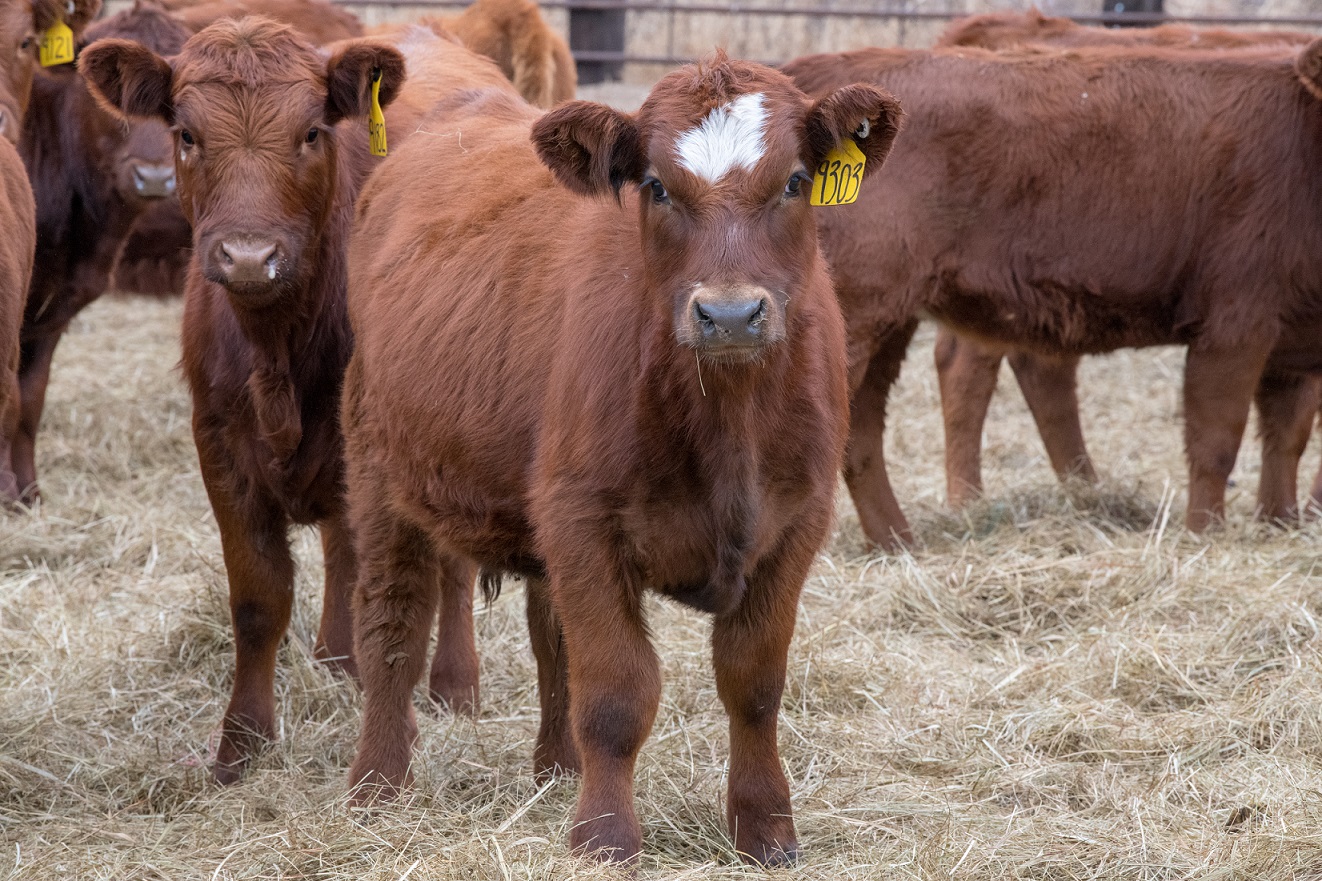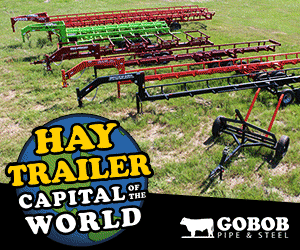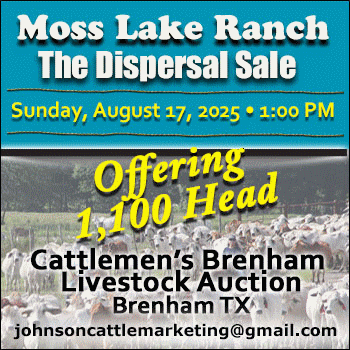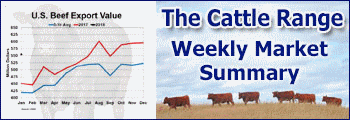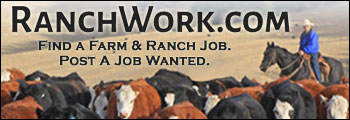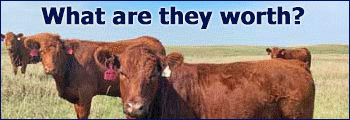Program aims to help producers optimize heifer development and reproductive efficiency.
The Great Plains Heifer Development Program is opening its doors to consigners eager to enhance their heifer development strategies, offering a unique blend of services focused on the foundational principles of heifer selection, feeding, management strategies, genetic tools for sire selection, estrus synchronization protocols, post breeding management, and more.
LINCOLN, Neb. — Amid historic lows in the nation’s cowherd, University of Nebraska-Lincoln and South Dakota State University are spearheading the Great Plains Heifer Development Program, to help beef producers optimize heifer development and reproductive efficiency at the Haskell Beef Lab near Concord, Neb.
Where the heartland beats with the rhythm of cattle ranching, Connor Biehler, beef extension educator at Nebraska, and Kiernan Brandt, professional service technician with Travs Ova Genetics have a shared vision of optimizing and enhancing reproductive efficiency and heifer development. Ultimately, the program is looking to add another chapter to the state’s legacy in shaping the future of the beef industry.
The program is opening its doors to consigners eager to enhance their heifer development strategies, offering a unique blend of services focused on the foundational principles of heifer selection, feeding, management strategies, genetic tools for sire selection, estrus synchronization protocols, post breeding management, and more.
“This is where the rubber meets the road for cattle producers, where we can address the real challenges producers encounter in optimizing heifer reproduction, making informed breeding decisions, and ensuring the longevity and productivity of their herds,” says Connor Biehler.
“It’s about making a direct, positive impact on the efficiency, productivity and profitability for Nebraska’s cattle producers.”
In an era where genetic tools are advancing rapidly, the Great Plains Heifer Development Program will serve as a platform for testing cutting-edge technologies, all while staying in alignment with Beef Improvement Federation genetic goals to ensure the heifers not only meet but advance industry standards.
“This program is more than just a service; it’s a transformative opportunity for producers,” says Kiernan Brandt.
“We’re not only streamlining the heifer development process but also bringing in the latest technologies to empower producers with valuable data about their herds.”
Beyond providing a service, the Great Plains Heifer Development Program seeks to create a robust learning community. Producers are encouraged to actively engage, fostering open communication, and sharing knowledge. Collaboration is invited, including contributions from producers who may want to provide high-accuracy sires or genetic input. This collaborative spirit aims to create a collective platform that benefits the entire cattle industry.
“As we delve into this initiative, it’s not just about providing a service; it’s about creating a valuable learning community,” says Rick Rasby, a professor within Nebraska’s Animal Science Department.
“We want producers to come together, share insights, and collectively elevate the efficiency and genetic prowess of their herds. This isn’t just about increasing numbers; it’s about improving the quality of the cowherd. It’s about creating resilient, flexible, and knowledgeable producers who are well-informed about the status of their herds.”
The program will begin accepting cattle in mid-December. To learn more about heifer qualification guidelines, health requirements and more, contact Biehler at 402-624-8007 or [email protected] or click here.
Source: University of Nebraska-Lincoln Institute of Agriculture and Natural Resources
